Name Carlo Ratti | Role Architect | |
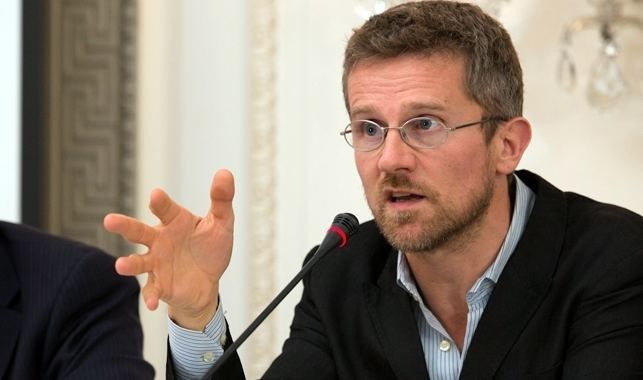 | ||
Education University of Cambridge, Polytechnic University of Turin | ||
Carlo ratti architecture that senses and responds
Carlo Ratti (born 1971 in Turin, Italy) is an Italian architect, engineer, inventor, educator and activist founder of Carlo Ratti Associati, and professor at the Massachusetts Institute of Technology where he directs the MIT Senseable City Lab, a research group that explores how new technologies are changing the way we understand, design and ultimately live in cities. He is also a founding partner of the international design office Carlo Ratti Associati, which he established in 2004 in Torino, Italy. Ratti was named one of the "50 most influential designers in America" by Fast Company and highlighted in Wired Magazine's "Smart List: 50 people who will change the world."
Contents
- Carlo ratti architecture that senses and responds
- Dld 2012 from bauhaus to data edwin chan hillary mason carlo ratti pedro miranda
- Early life and education
- Vision
- Architecture and design
- Scientific contributions
- Teaching and activism
- Writing
- References
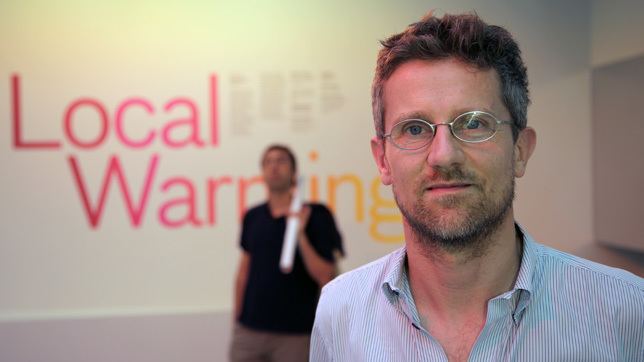
Ratti has been featured in Esquire Magazine’s 'Best & Brightest’ list and in Thames & Hudson’s selection of ‘60: Innovators Shaping our Creative Future. Blueprint Magazine included him as one of the ‘25 People Who Will Change Architecture and Design’, Forbes listed him as one of the ‘Names You Need To Know’ in 2011.
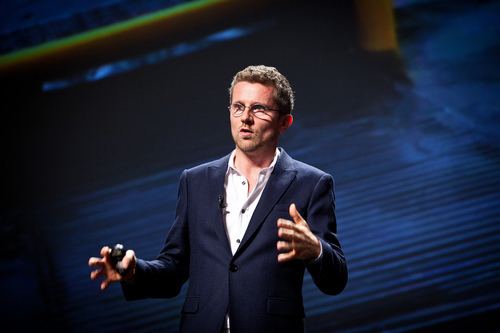
Dld 2012 from bauhaus to data edwin chan hillary mason carlo ratti pedro miranda
Early life and education
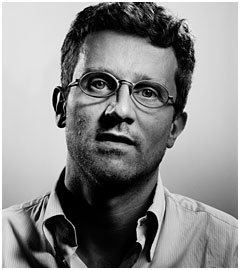
Ratti graduated from both the Ecole Nationale des Ponts et Chaussees in Paris, France, and the Politecnico di Torino in Italy. He later earned his MPhil and PhD degrees from the Martin Centre at the University of Cambridge, UK. In 2000 he moved to the Massachusetts Institute of Technology (MIT) as a Fulbright fellow, working with Hiroshi Ishii at the MIT Media Lab.
Vision
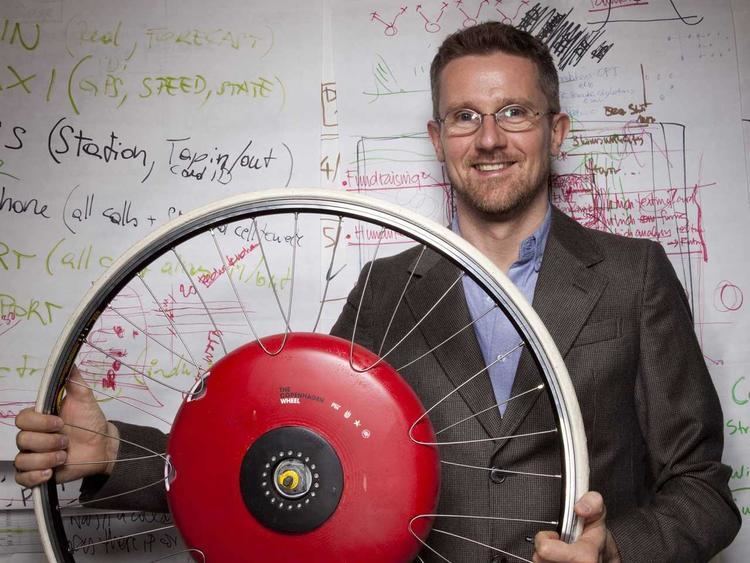
In a 2011 TED talk in Long Beach Ratti outlines the vision of an “architecture that senses and responds.” Digital technologies are becoming networked and atomized, hence changing the interaction between humans and the built environment. It is as if our cities, buildings and objects were starting to “talk back to us”. In a discussion with architect Peter Cook as part of the Royal College of Art 2011/2012 Architecture Lecture Series in London Ratti traces back his vision to Michelangelo’s “why don’t you speak to me” and to the Baroque and Art Nouveau periods.
Ratti's work deals with the built environment of cities—from street grids to plumbing and garbage systems—using new kinds of sensors and hand-held electronics that have transformed the way we can describe and understand cities. Other projects flip this equation—using data gathered from sensors to actually create dazzling new environments. The Copenhagen Wheel developed by MIT Senseable City Lab explores how any bicycle could be transformed into a network-connected e-bike by sampling changing a wheel hub. The project Trash Track uses electronic tracking to better understand and optimize flows of waste through cities. He has also opened a research center in Singapore as part of an MIT-led initiative on the Future of Urban Mobility.
Ratti’s work has been seminal in the field of intelligent or smart cities. In an article published in Scientific American together with Anthony M. Townsend, however, Ratti contrasts the prevailing technocratic vision of smart cities – highlighting instead the ‘human face’ of urban technologies and their potential in promoting bottom-up social empowerment.
Architecture and design
Ratti’s designs inventively bridge digital and physical. The Digital Water Pavilion at the World Expo 2008 in Zaragoza reacts to visitors by parting a stream of water to let them visit. Its literally fluid architecture was considered by Time Magazine as one of the "Best Inventions of the Year". In his extension of the Trussardi fashion house in Milan’s central in Piazza della Scala, developed with botanist Patrick Blanc, a green vertical canopy is suspended on a crystal box to promote new interactions with people on the inside and the outside. An un-built proposal for the 2012 Summer Olympics in London turns a landmark building into a 'Cloud' of blinking interactive art.
Several design projects rely on data visualization. Real Time Rome, which filled an entire pavilion at the 2006 Venice Biennale of Architecture, explored real time dynamics of a city mapped through cellphone data. New York Talk Exchange, exhibited at MoMA in New York as part of the exhibition ‘Design and the Elastic Mind’, moved further to explore global communications flows together with Saskia Sassen. Several projects from the Senseable City Lab were included in Fast Company’s 'Best Infographics of 2011’. A data analysis and visualization project resulted in an Op-Ed in the New York Times to redesign the map of the United States.
During the 2013 Milan Design Week ('Salone del Mobile') Ratti’s work ventured into product design with a project for Italian furniture manufacturer Cassina, called ‘Our Universe’. At the same venue another project, called 'Makr Shakr', explored The Third Industrial Revolution and its effect on creativity and design through the simple process of making a drink.
Ratti curated the "Future Food District" - one of the themed pavilions at Expo 2015 in Milan.
Scientific contributions
Ratti has authored over 500 scientific publications. In a seminal paper in Environment and Planning B he questions the validity of urban analysis technique Space Syntax. He has been opening the way in exploring the use of cellphone data to understand urban dynamics, which has now developed into an established field of scientific investigation. In general, the MIT Senseable City Lab works on papers that use network analysis and complexity science to better understand cities. Such aspects were discussed by Ratti in Seed Magazine's Salon, together with mathematician Steven Strogatz.
Teaching and activism
Ratti has taught at the Politecnico di Torino, the Ecole Nationale des Ponts et Chaussees, Harvard University, Strelka Institute and MIT. The class ‘Urban Infoscape’ taught at Harvard Graduate School of Design in 2004, was central to setting the vision of the MIT Senseable City Lab. In 2011, Ratti was a Lab Team member and curator for the Berlin location of the BMW Guggenheim Lab. He was also a program director at the Strelka Institute for Media, Architecture and Design in Moscow.
While a PhD student the University of Cambridge, Ratti was one of the initiators of Progetto Collegium for the reform of Italian universities, together with philosophers Umberto Eco and Marco Santambrogio. The project led to the foundation of the Collegio di Milano and other institutions in Italy. Ratti has been involved several civic initiatives – most notably to preserve Italy’s industrial architecture heritage.
Writing
Ratti is a collaborator of the Italian daily Il Sole 24 Ore and correspondent for design magazine Domus. He has written for Scientific American, The Architectural Review, La Stampa, BBC, The Huffington Post, The New York Times, The Global Herald. A book on Opensource Architecture, together with Joseph Grima, has been announced by Italian publisher Einaudi.
